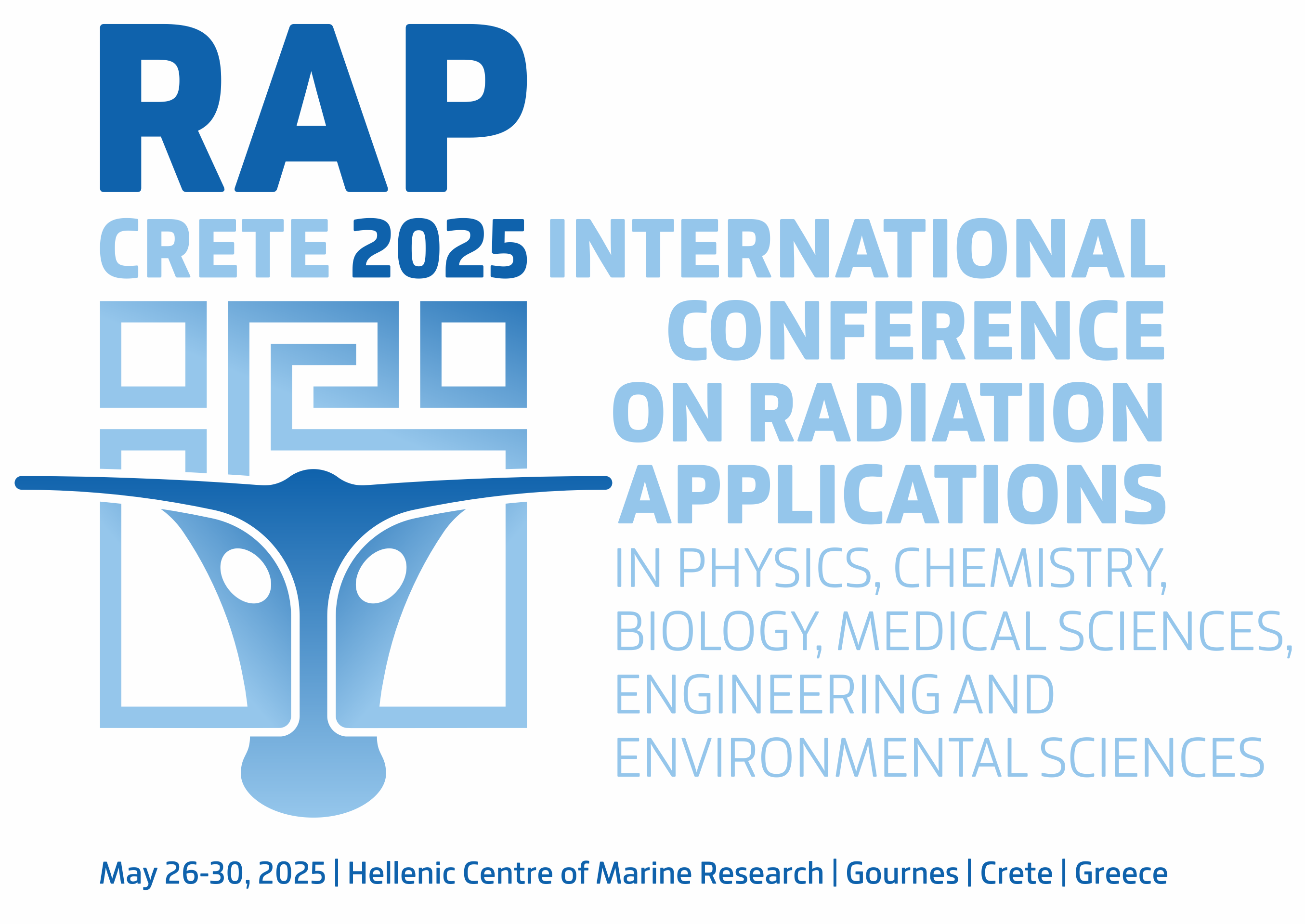Vol. 7, 2022
Material Science
THE COATING OF REDUCED GRAPHENE OXIDE (rGO): A NOVEL ULTRASONIC-ASSISTED METHOD
Umutcan Gürer, Ozan Yilmaz, Erhan Budak, Ercan Yilmaz
Pages: 50–53
DOI: 10.37392/RapProc.2022.12
Abstract | References | Full Text (PDF)
The graphene is one of the most popular materials of our age since its discovery. The graphene and its derivatives have gained much attention in sensor applications because of its features (e.g., electronic conductivity, specific surface area, etc.). However, the coating of graphene is challenging for the researchers especially for Si/SiO2 surfaces due to its surface tension. Many researchers tend to use chemical materials for the coating rGO onto Si/SiO2 such as APTES, TEOS, PEG, HMDS etc. For the purpose, we discovered a novel type ultrasonic-assisted coating method for sensor applications which can be done using any chemicals. To do so, we firstly produced reduced graphene oxide (rGO) from graphite by using Hummer’s method and chemical reduction process. Then, we prepared Si/SiO2 samples and put them into plastic container. After that, we put samples into ultrasonic bath and dropped rGO suspension onto samples by using with micro-pipette. After that, the rGO coated samples were dried on hot plate at 100°C. The results showed high potential that rGO can be coated onto Si/SiO2 surfaces with low-cost solution.
- K. S. Novoselov et al., “Electric field in atomically thin carbon films,” Science, vol. 306, no. 5696, pp. 666 – 669, Oct. 2004.
DOI: 10.1126/science.1102896
PMid: 15499015 - A. Béraud et al., “Graphene field-effect transistors as bioanalytical sensors: design, operation and performance,” Analyst, vol. 146, no. 2, pp. 403 – 428, Jan. 2021.
DOI: 10.1039/d0an01661f
PMid: 33215184 - F. Yan, M. Zhang, J. Li, “Solution-gated graphene transistors for chemical and biological sensors,” Adv. Healthc. Mater., vol. 3, no. 3, pp. 313 – 331, Mar. 2014.
DOI: 10.1002/adhm.201300221
PMid: 23950074 - X. Zhi et al., “γ-Aminopropyl triethoxysilane functionalized graphene oxide for composites with high dielectric constant and low dielectric loss,” Compos. Part A: Appl. Sci. Manuf., vol. 76, pp. 194 – 202, Sep. 2015.
DOI: 10.1016/j.compositesa.2015.05.015 - W. Palas, M. Saisriyoot, P. Prapainainar, P. Dittanet, “Electrochemical Performance of Reduced Graphene Oxide-Silica Composite in Polyaniline,” Mater. Today: Proc., vol. 17, part 4, pp. 1277 – 1283, 2019.
DOI: 10.1016/j.matpr.2019.06.016 - S. Ghosh, K. Chatterjee, “Poly(Ethylene Glycol) Functionalized Graphene Oxide in Tissue Engineering: A Review on Recent Advances,” Int. J. Nanomedicine, vol. 15, pp. 5991 – 6006, Aug. 2020.
DOI: 10.2147/IJN.S249717
PMid: 33192060
PMCid: PMC7656781 - S. Ramadan et al., “Enhancing Structural Properties and Performance of Graphene-Based Devices Using Self-Assembled HMDS Monolayers,” ACS Omega, vol. 6, no. 7, pp. 4767 – 4775, Feb. 2021.
DOI: 10.1021/acsomega.0c05631
PMid: 33644584
PMCid: PMC7905810 - S. Abdolhosseinzadeh, H. Asgharzadeh, H. S. Kim, “Fast and fully-scalable synthesis of reduced graphene oxide,” Sci. Rep ., vol. 5, 10160, May 2015.
DOI: 10.1038/srep10160
PMid: 25976732
PMCid: PMC4432372 - M. Fang et al., “Preparation of highly conductive graphene-coated glass fibers by sol-gel and dip-coating method,” J. Mater. Sci. Technol., vol. 35, no. 9, pp. 1989 – 1995, Sep. 2019.
DOI: 10.1016/j.jmst.2019.05.027 - S. Y. Kim, H. E. Gang, G. T. Park, H. Bin Jeon, Y. G. Jeong, “Microstructure and electrothermal characterization of transparent reduced graphene oxide thin films manufactured by spin-coating and thermal reduction,” Results Phys., vol. 24, 104107, May 2021.
DOI: 10.1016/j.rinp.2021.104107 - J. T. Jeong et al., “Effect of graphene oxide ratio on the cell adhesion and growth behavior on a graphene oxide-coated silicon substrate,” Sci. Rep., vol. 6, 33835, Sep. 2016.
DOI: 10.1038/srep33835
PMid: 27652886
PMCid: PMC5031981 - L. Hu et al., “Direct anodic exfoliation of graphite onto high-density aligned graphene for large capacity supercapacitors,” Nano Energy, vol. 34, pp. 515 – 523, Apr. 2017.
DOI: 10.1016/j.nanoen.2017.03.007 - V. Shukla, “Observation of critical magnetic behavior in 2D carbon based composites,” Nanoscale Adv., vol. 2, no. 3, pp. 962 – 990, Jan. 2020.
DOI: 10.1039/c9na00663j
PMid: 36133050
PMCid: PMC9418615 - N. M. S. Hidayah et al., “Comparison on graphite, graphene oxide and reduced graphene oxide: Synthesis and characterization,” AIP Conf. Proc., vol. 1892, no. 1, 150002, Oct. 2017.
DOI: 10.1063/1.5005764 - A. Thakur, S. Kumar, V. S. Rangra, “Synthesis of reduced graphene oxide (rGO) via chemical reduction,” AIP Conf. Proc., vol. 1661, no. 1, 080032, May 2015.
DOI: 10.1063/1.4915423 - M. Tas, Y. Altin, A. C. Bedeloglu, “Reduction of graphene oxide thin films using a stepwise thermal annealing assisted by L-ascorbic acid,” Diam. Relat. Mater., vol. 92, pp. 242 – 247, Feb. 2019.
DOI: 10.1016/j.diamond.2019.01.009 - I. Boukhoubza, “X-ray diffraction investigations of nanostructured ZnO coated with reduced graphene oxide,” J. Phys.: Conf. Ser., vol. 1292, 012011, 2019.
DOI: 10.1088/1742-6596/1292/1/012011 - C. Xu et al., “Fabrication and characteristics of reduced graphene oxide produced with different green reductants,” PLoS ONE, vol. 10, no. 12, e0144842, Dec. 2015.
DOI: 10.1371/journal.pone.0144842
PMid: 26658644
PMCid: PMC4682625 - E. Andrijanto, S. Shoelarta, G. Subiyanto, S. Rifki, “Facile synthesis of graphene from graphite using ascorbic acid as reducing agent,” AIP Conf. Proc., vol. 1725, no. 1, 020003, Apr. 2016.
DOI: 10.1063/1.4945457


